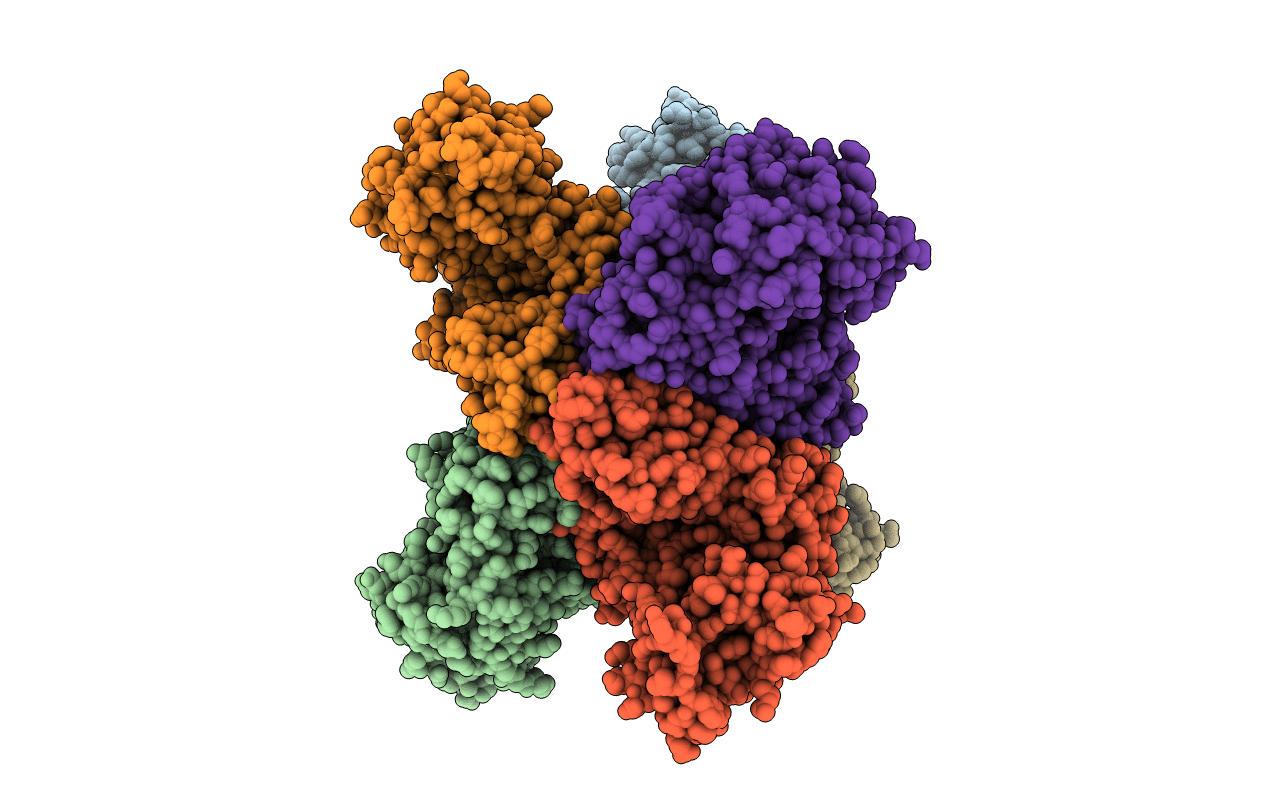
Deposition Date
2009-10-15
Release Date
2010-06-02
Last Version Date
2024-03-20
Entry Detail
PDB ID:
3K8Z
Keywords:
Title:
Crystal Structure of Gudb1 a decryptified secondary glutamate dehydrogenase from B. subtilis
Biological Source:
Source Organism:
Bacillus subtilis (Taxon ID: 1423)
Host Organism:
Method Details:
Experimental Method:
Resolution:
2.40 Å
R-Value Free:
0.27
R-Value Work:
0.24
R-Value Observed:
0.24
Space Group:
P 1 21 1


